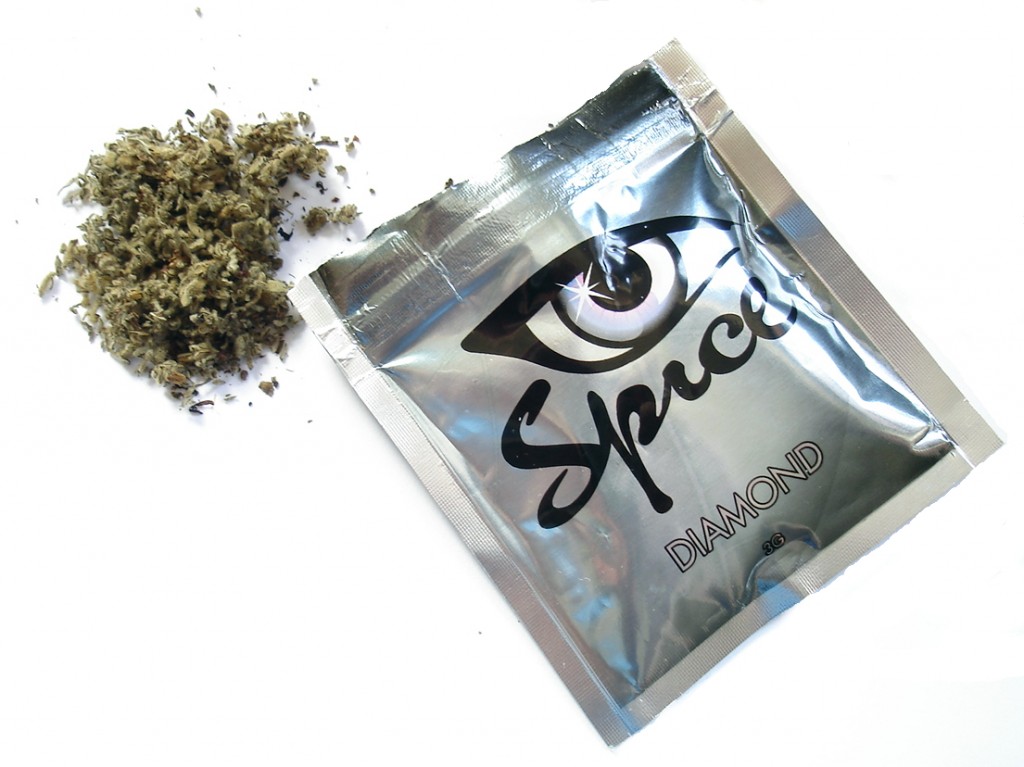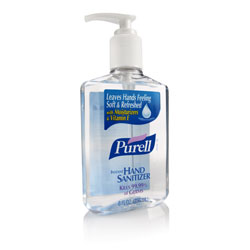Legal Ways to Get High Pt. 2
We shared with you in a previous post some legal ways to get high. Well that didn’t cover all the legal ways to get high. There are more things in your house, grocery store, tobacco shop and hardware store than you thought that are legal ways to get high.
Nutmeg
You sprinkle a little of it in your eggnog, you pinch a bit on top of your apple pie or peach cobbler and you’ve probably have it in your spice cabinet. Out of all the legal ways to get high this is probably one of the most surprising.
So how is nutmeg a legal way to get high?
Well, nutmeg contains myristicin, a natural compound that has mind-altering effects if it is ingested in large doses. The buzz from nutmeg can last one to two days and can cause hallucinations similar to those produced by LSD. While you may be thinking about putting a larger amount of nutmeg into your apple pie now to achieve this legal high, think again. It takes a large amount of nutmeg to feel any effects and well it has some pretty nasty side effects.
This is the downside to most legal ways to get high-they have awful side effects. Hey, but don’t most illegal drugs? Yeah, pretty much. That may be why their legal because they aren’t meant to be used to get high and they aren’t pleasant. After 30 minutes of taking a large “dose” of nutmeg you can expect to experience severe gastrointestinal reactions including extreme nausea, vomiting, and diarrhea. That’s just after 30 minutes. In a few hours you can also suffer from heart and nerve problems due to this legal way to get high.
Freon
If you know anything about inhalants you probably have heard of this legal way to get high and wondered what happened to the good old days of sniffing glue and sharpie markers? Well not so much anymore, you’re behind with the new generation. Kids these days are huffing Freon as one of our legal ways to get high. Scary, huh?
You can find this legal way to get high in your AC unit. Freon is used to cool the warm air pulled in by the AC unit. Kids now are draining the Freon gas from inside the unit and then inhaling it. The gas from Freon produces euphoria, light-headedness and can cause one to pass out. Unfortunately Freon also produces sever negative side effects. Huffing Freon as one of the legal ways to get high can lead to death, memory problems, liver damage, kidney damage, and lung damage.
This may be number two on our legal ways to get high pt. 2. But you might want to refrain from huffing your AC’s Freon gas and prevent severe consequences and/or death.
Catnip
Last but definitely not least on our list of legal ways to get high pt. 2 is catnip. I know what you’re thinking because I thought it to. You can get high legally off of Snowball’s treats? No, not exactly. That’s not the right kind of catnip. This catnip, also known as Nepeta, is a plant of the mint family. It has spotted white flowers. Its’ name comes from the fact that its pungent smell is attractive to, well, cats. Oh and did we mention it is also a legal way to get high. You can smoke catnip or make it into a tea. Catnip has been used throughout history to help with cramps and indigestion. Supposedly catnip is a good alternative to marijuana and is a legal way to get high. There are no real signs that there are super bad negative effects although the legal high is so mild most say it isn’t worth it.
Alrighty, there are your legal ways to get high pt. 2 remember just because its legal doesn’t mean it’s. The end.
Disclaimer: These were gathered from the websites various websites on the Internet and we do not condone or support any means of getting high; whether legal or illegal. Use at your own risk. This article is for informational purposes only.



